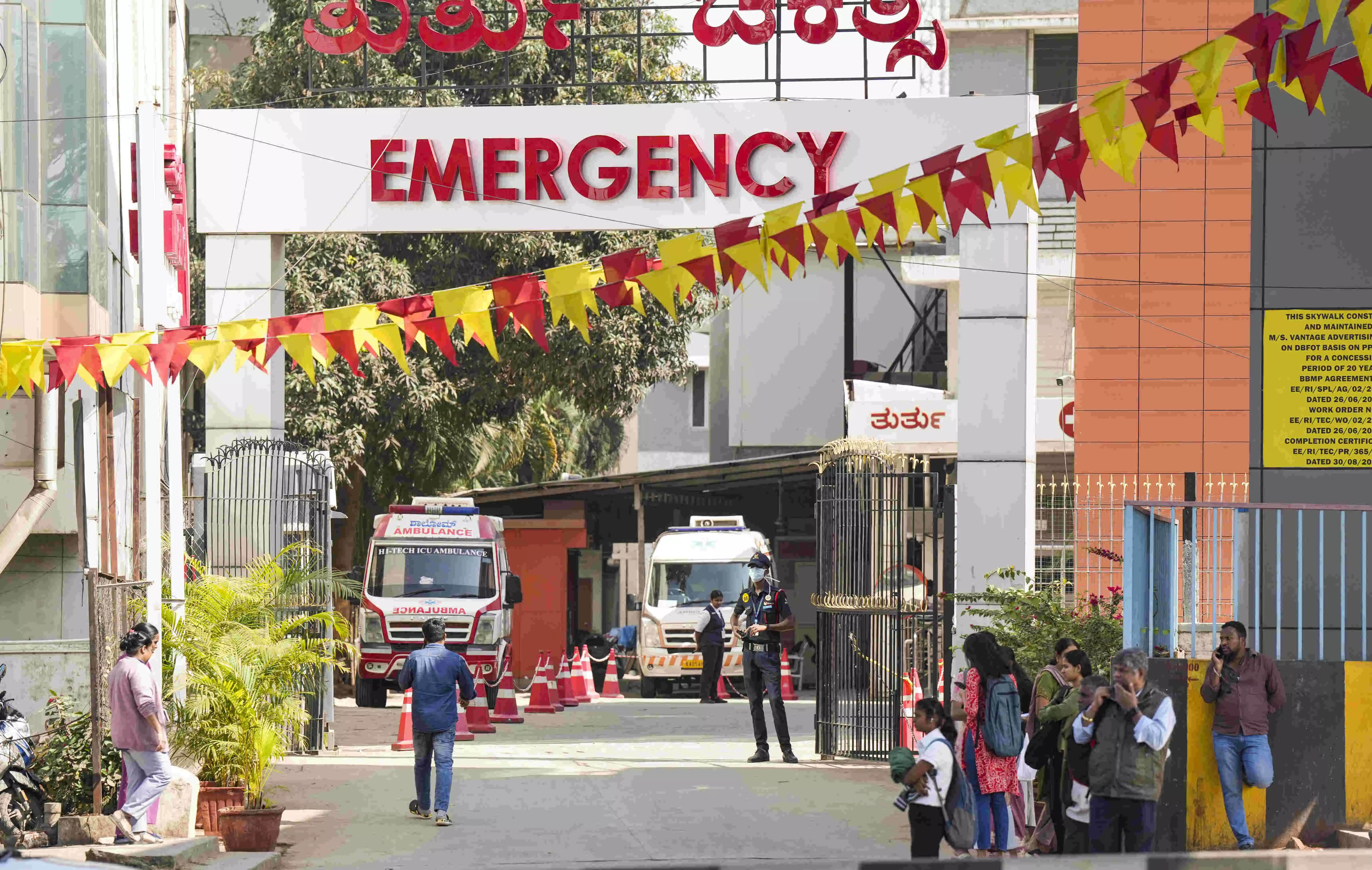A potent threat

The confirmation of three cases of Human Metapneumovirus (HMPV) in India has exposed the vulnerability of the nation’s health system to fresh or resurgent viral infections. While this virus has been known globally since 2001 and causes flu-like symptoms, its appearance in India for the first time has raised a typical question—how to detect and manage such threats? HMPV mainly affects children under five, older adults, and those with weakened immune systems. It spreads through coughing, sneezing, or close contact with infected individuals. Symptoms of the viral infection include fever, cough, nasal congestion, and shortness of breath. There is no specific treatment for HMPV. This makes prevention the best, and perhaps only way to control its spread.
The three reported cases in India involve infants from Bengaluru and Ahmedabad. None of them or their families had recently travelled, which suggests that the virus is spreading locally. It may be noted that this finding also aligns with what experts at the Indian Council of Medical Research (ICMR) have pointed out—that HMPV is already circulating in India. The Union health ministry and state governments, too, have responded quickly, issuing advisories and preparing hospitals to handle potential outbreaks. In Gujarat, the health department has activated district health officers and hospitals to focus on monitoring and diagnosis. Maharashtra has issued guidelines for citizens, including simple steps like covering the mouth when coughing, frequent handwashing, and staying away from crowded places if sick. Delhi has directed its hospitals to prepare for a possible rise in respiratory illnesses. These steps indicate that authorities are alert, but more needs to be done.
The haunting memory of the Covid-19 pandemic is still etched in popular imagination. Delays in acting decisively then cost lives, and the lessons from that experience should guide how we handle HMPV now—no matter how feeble the chances of spread and fatality are. Early action, strong surveillance, and clear communication are critical to keeping the situation under control. While our healthcare systems have improved since Covid-19, gaps do remain, especially in rural areas where testing and healthcare facilities are limited. These vulnerabilities merit urgent attention. Public awareness is also a key part of managing outbreaks. Advisories about hygiene and avoiding close contact with sick individuals can go a long way in preventing the virus from spreading. At the same time, it is important to counter misinformation. Panic is not helpful, and people need to know that most cases of HMPV are not life-threatening.
In the long run, India needs to strengthen its ability to deal with emerging diseases, given the recent trend of zoonotic spillovers. This includes improving diagnostic tools, investing in research, and building better healthcare infrastructure. The ICMR’s plan to monitor HMPV trends is a good start, but consistent efforts are needed to create a strong surveillance system that can detect and respond to such threats early. It’s also important to work with other countries that are dealing with HMPV outbreaks. Sharing information and strategies can help everyone tackle the problem more effectively. Infectious diseases don’t respect borders, so global cooperation is essential. The appearance of HMPV in India is not a cause for panic, but it is indeed a call to action. By learning from past experiences and acting swiftly, India can prevent this situation from becoming a larger crisis. Vigilance, preparation, and clear communication will be the strongest tools in facing this challenge.



